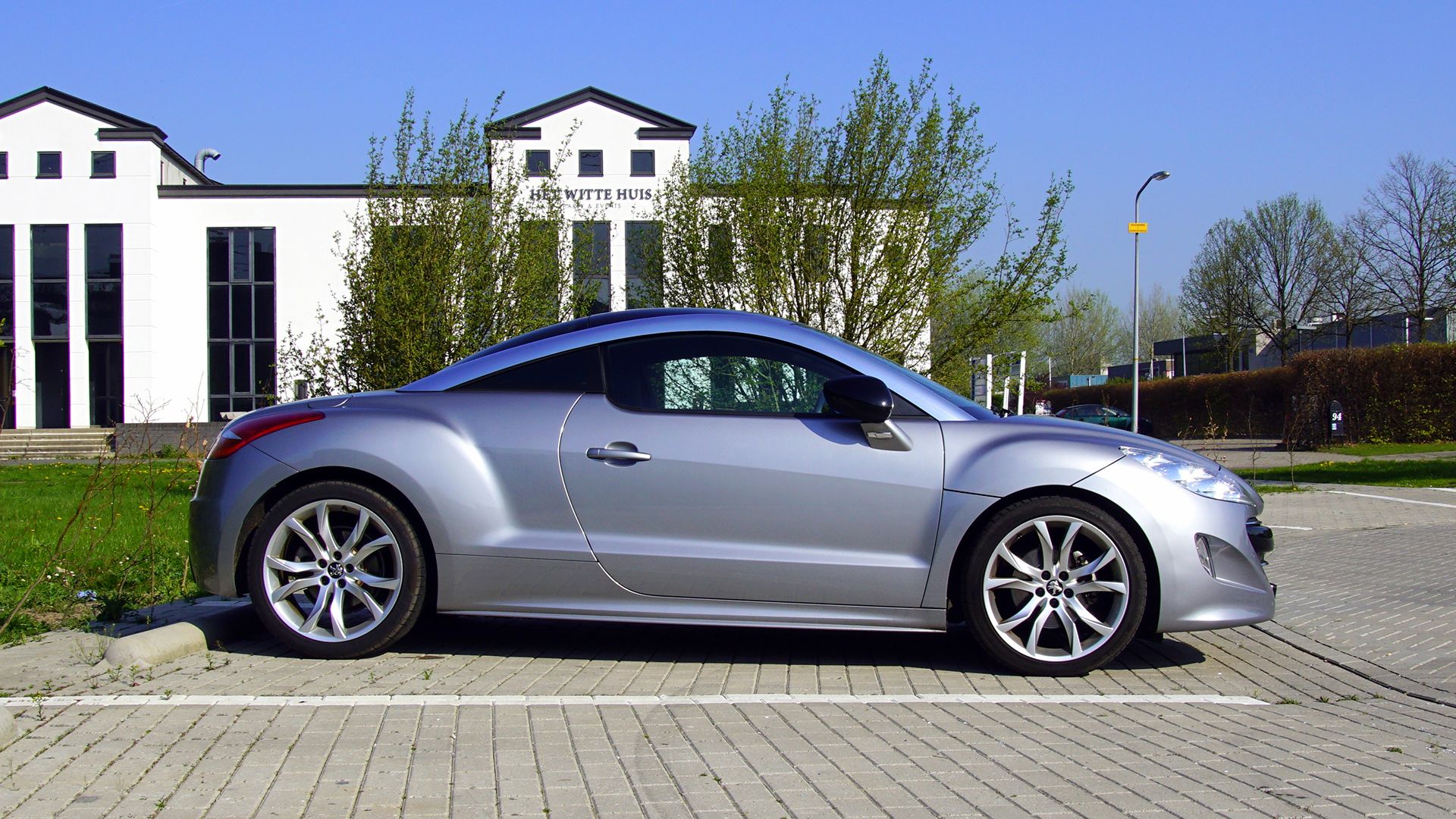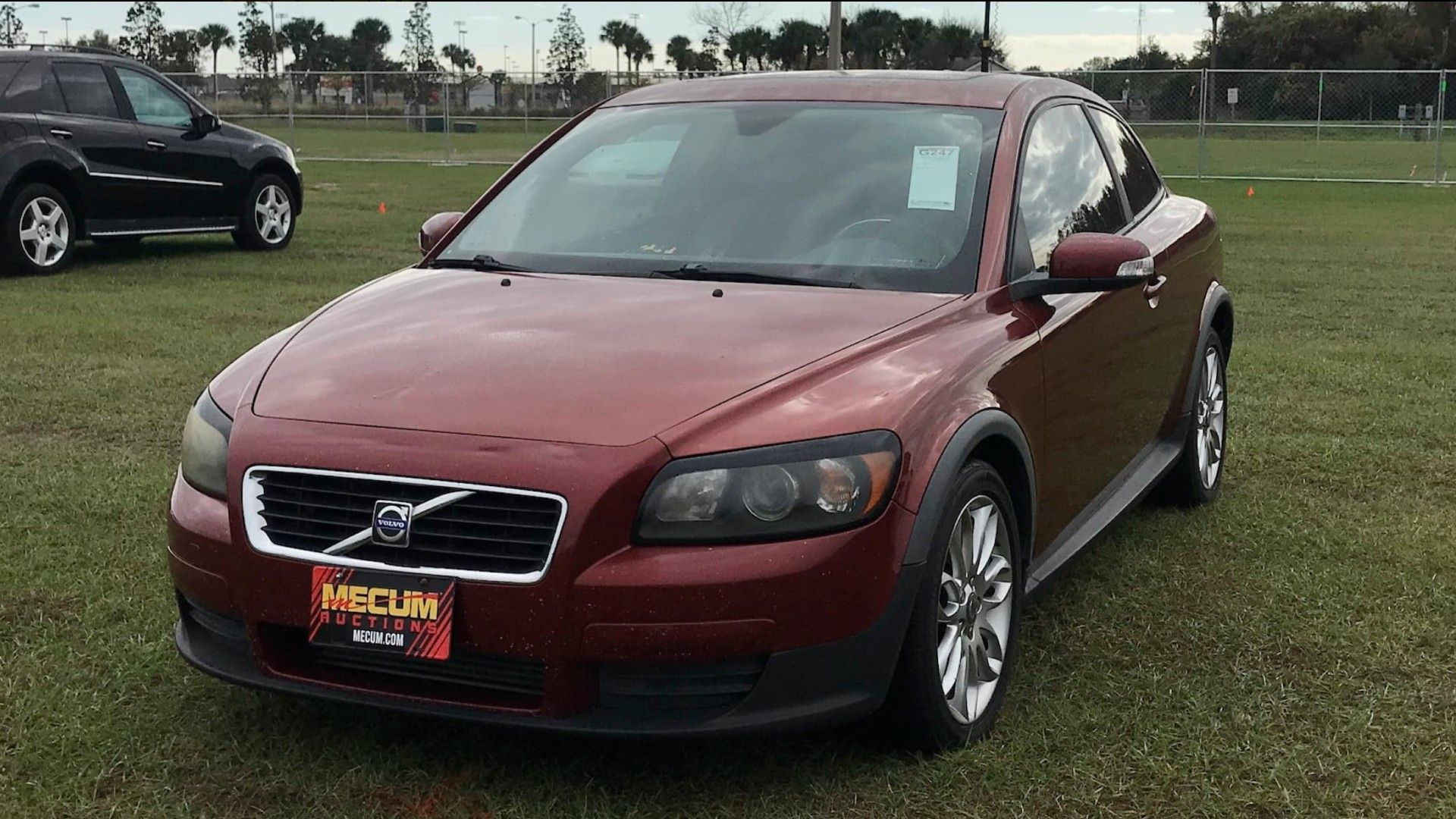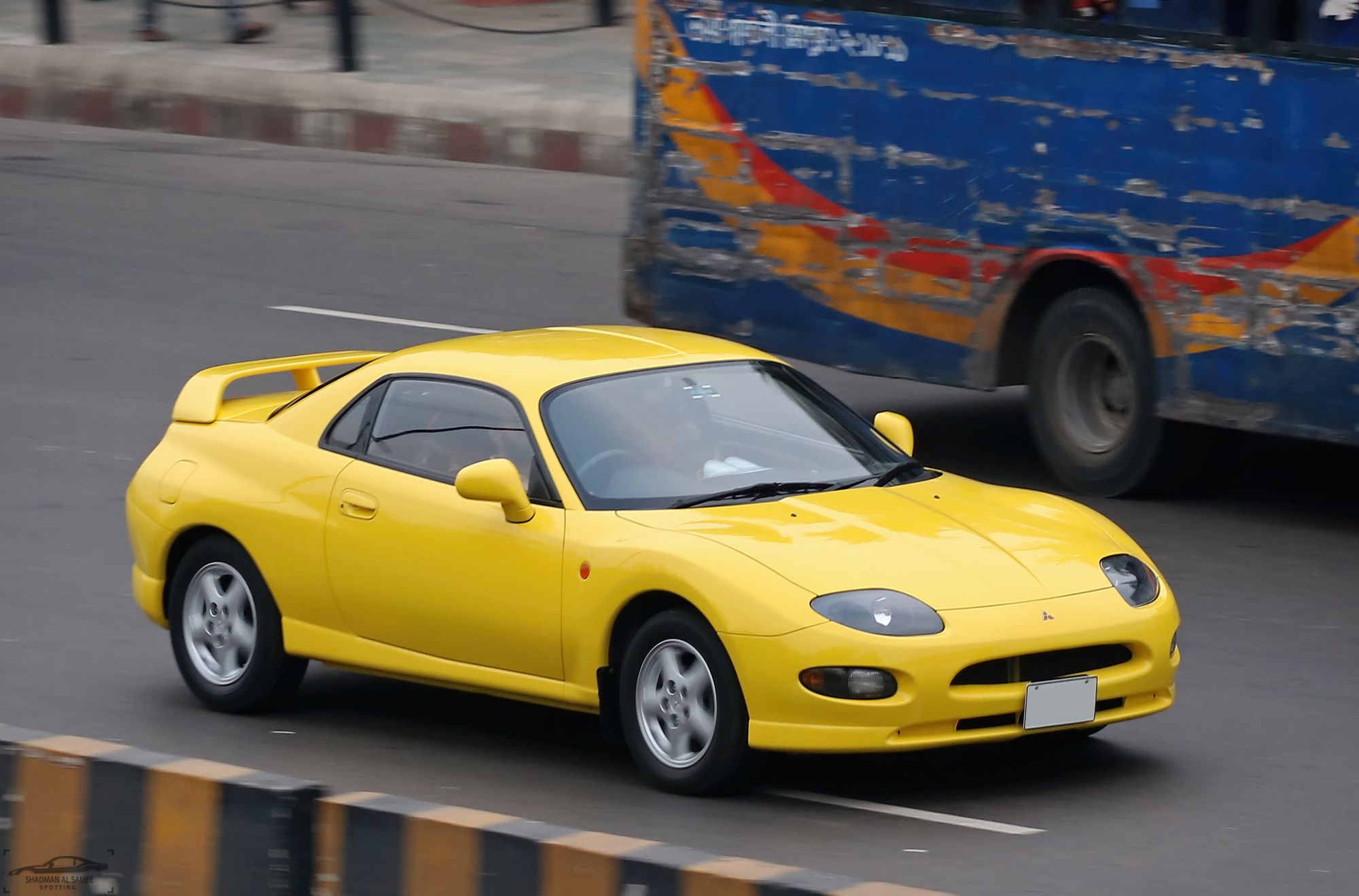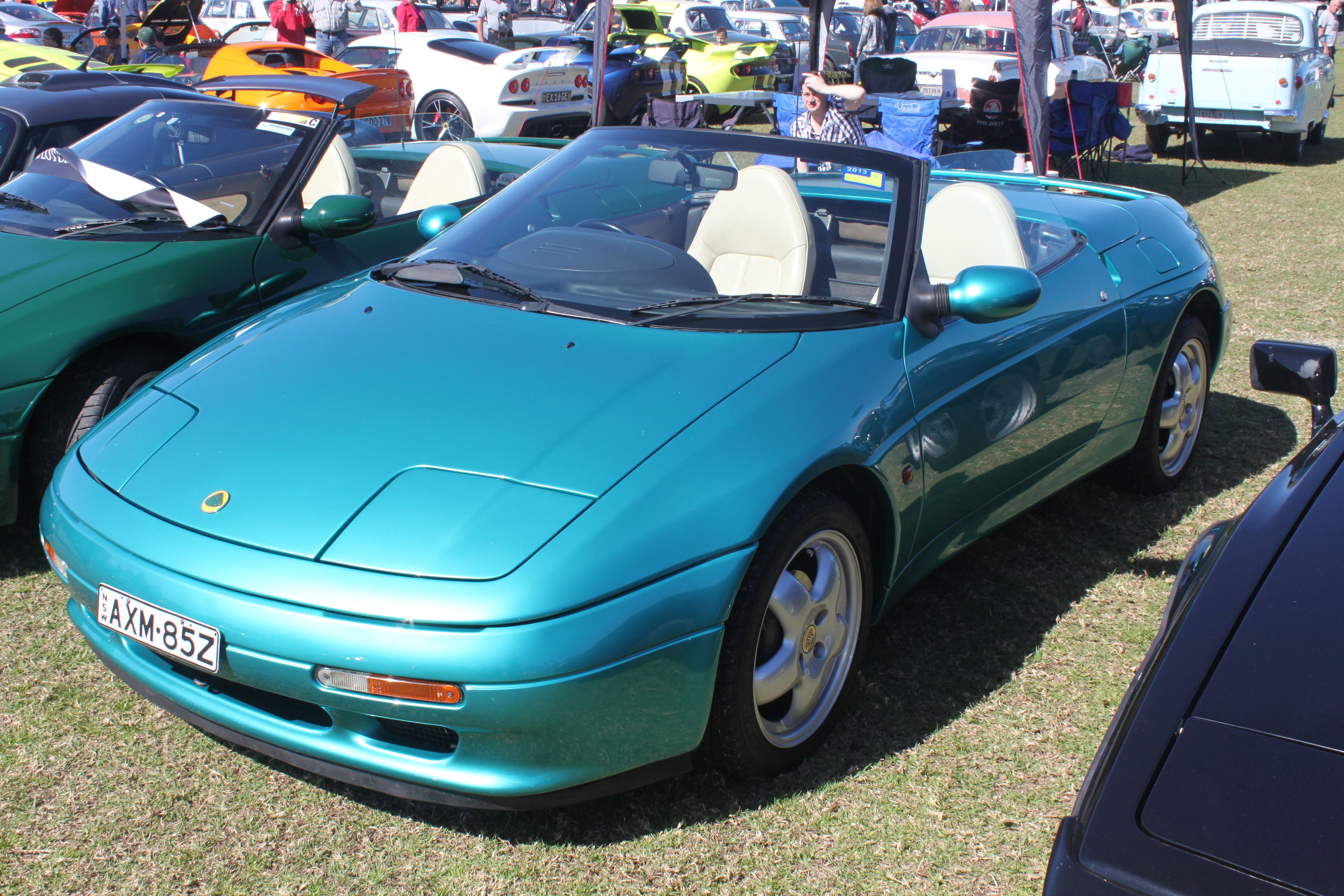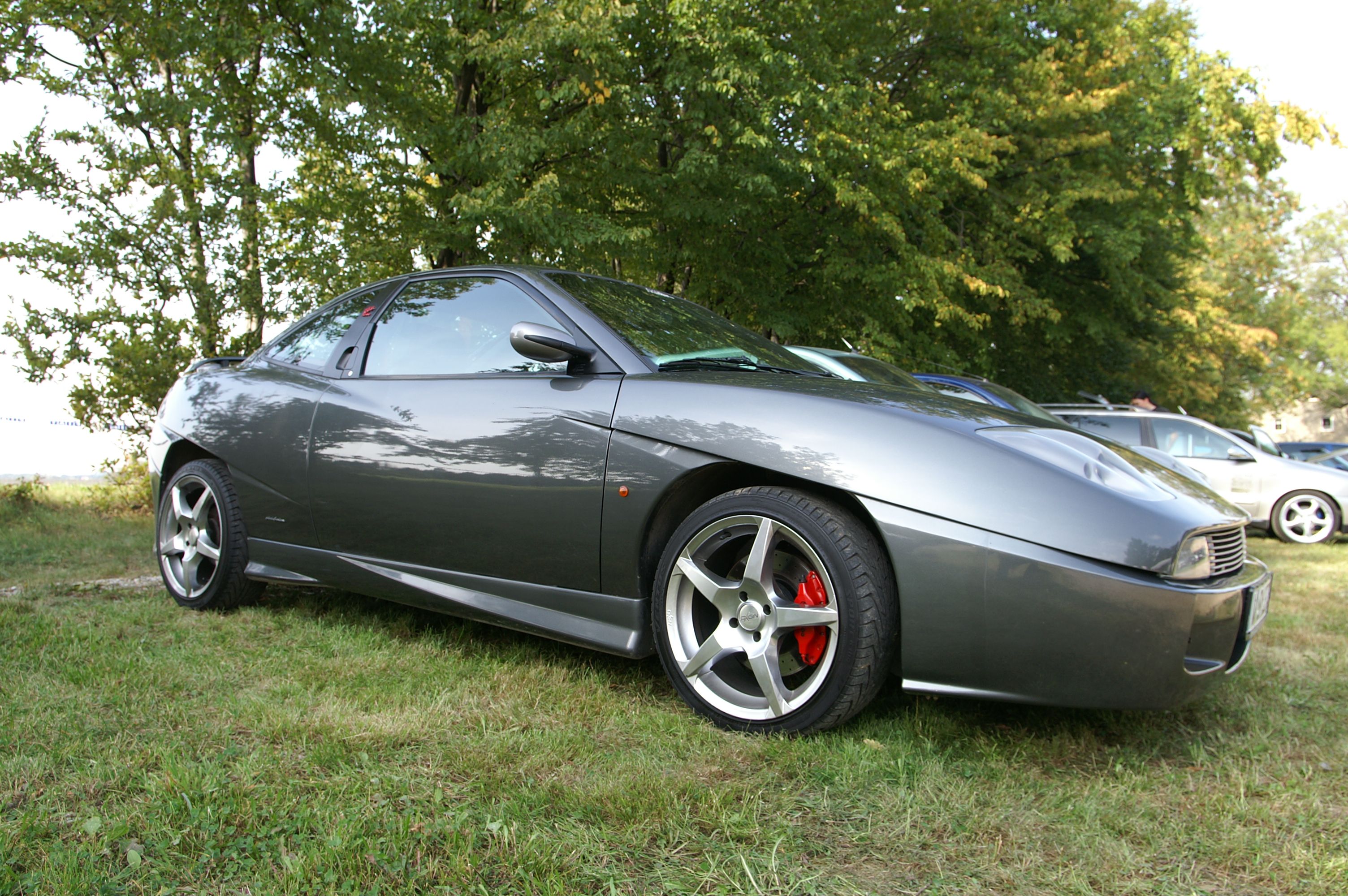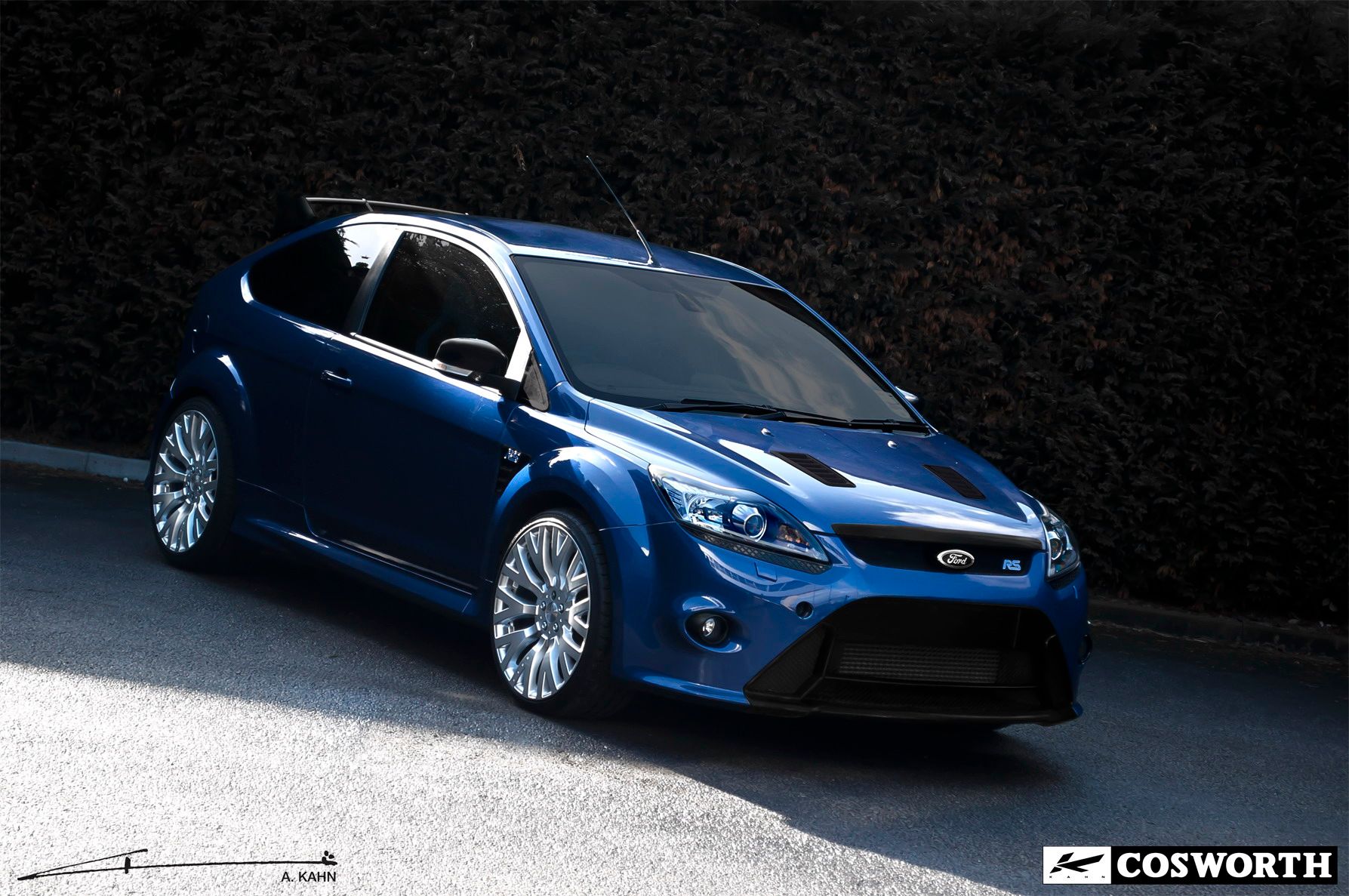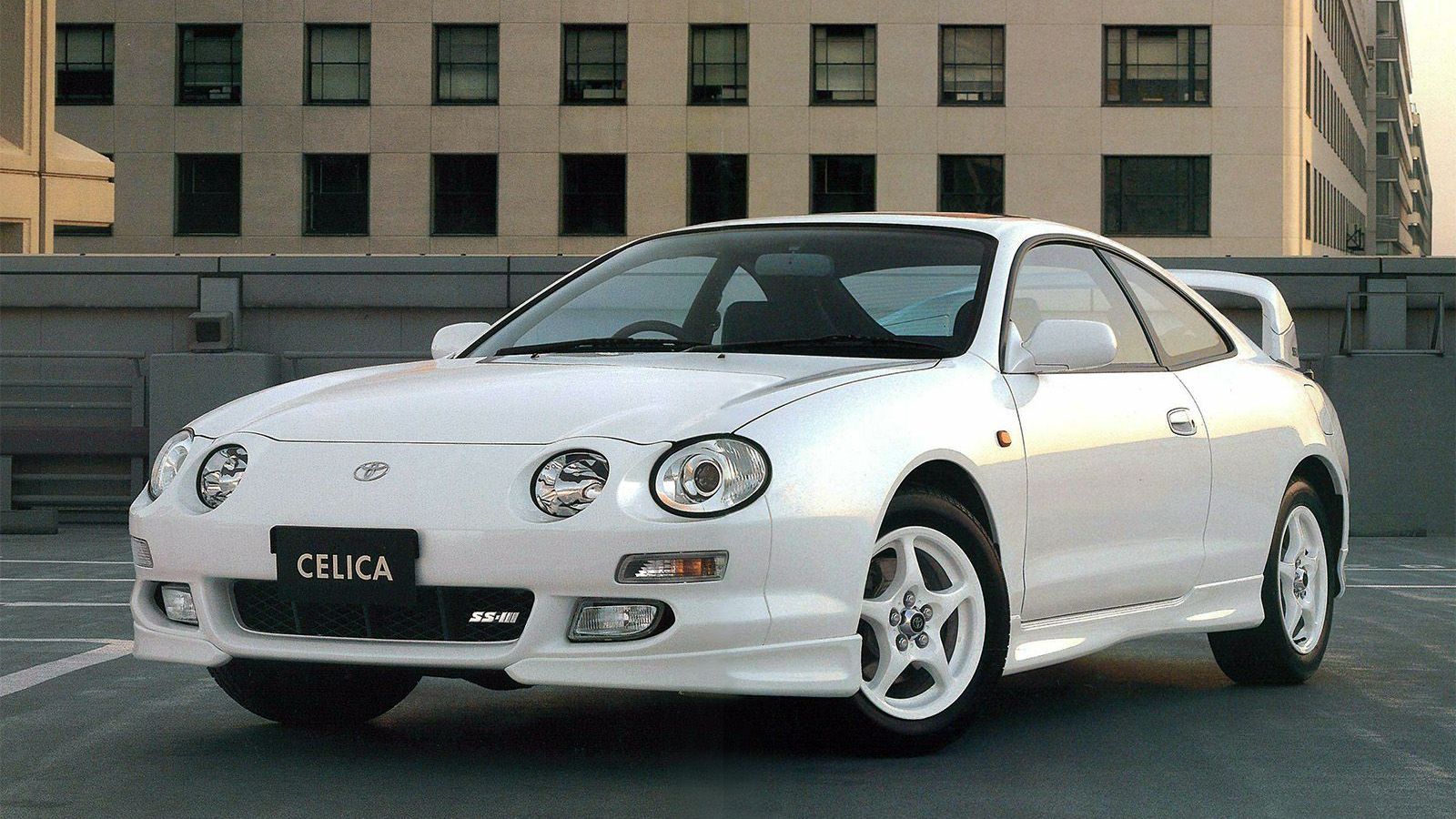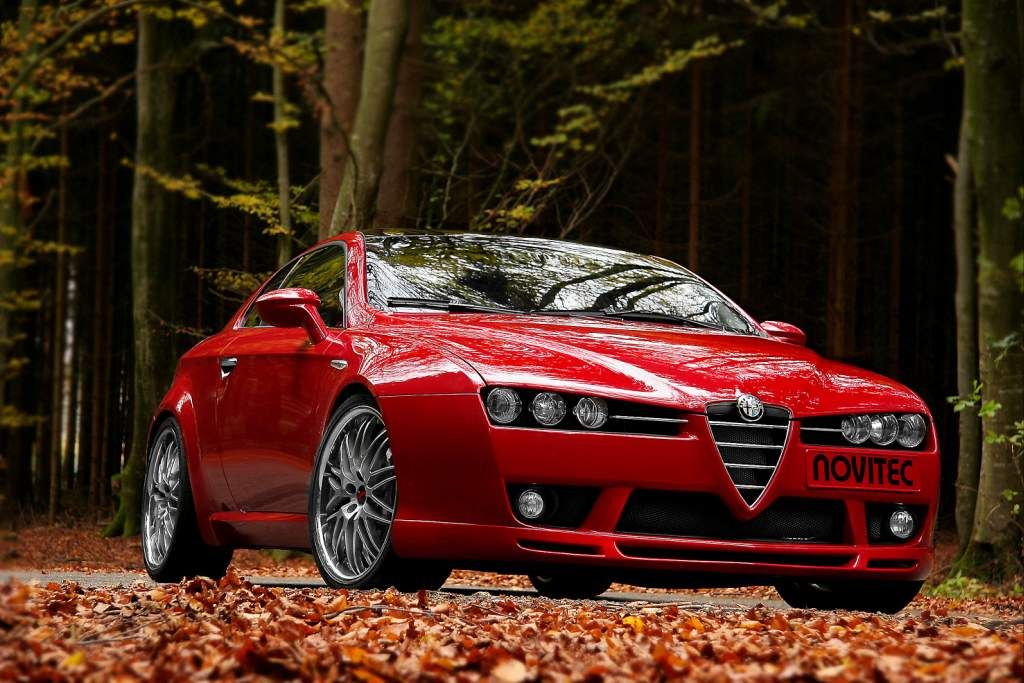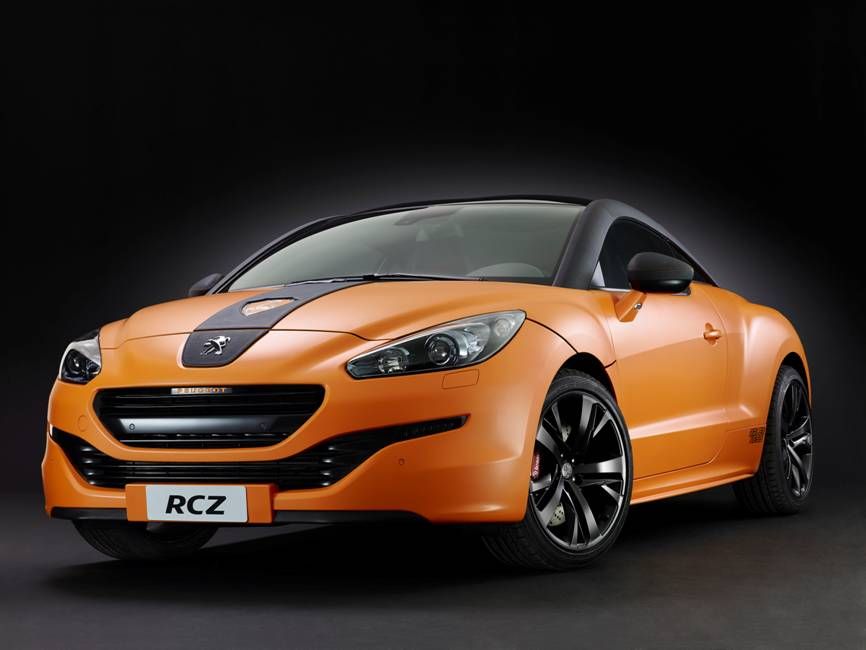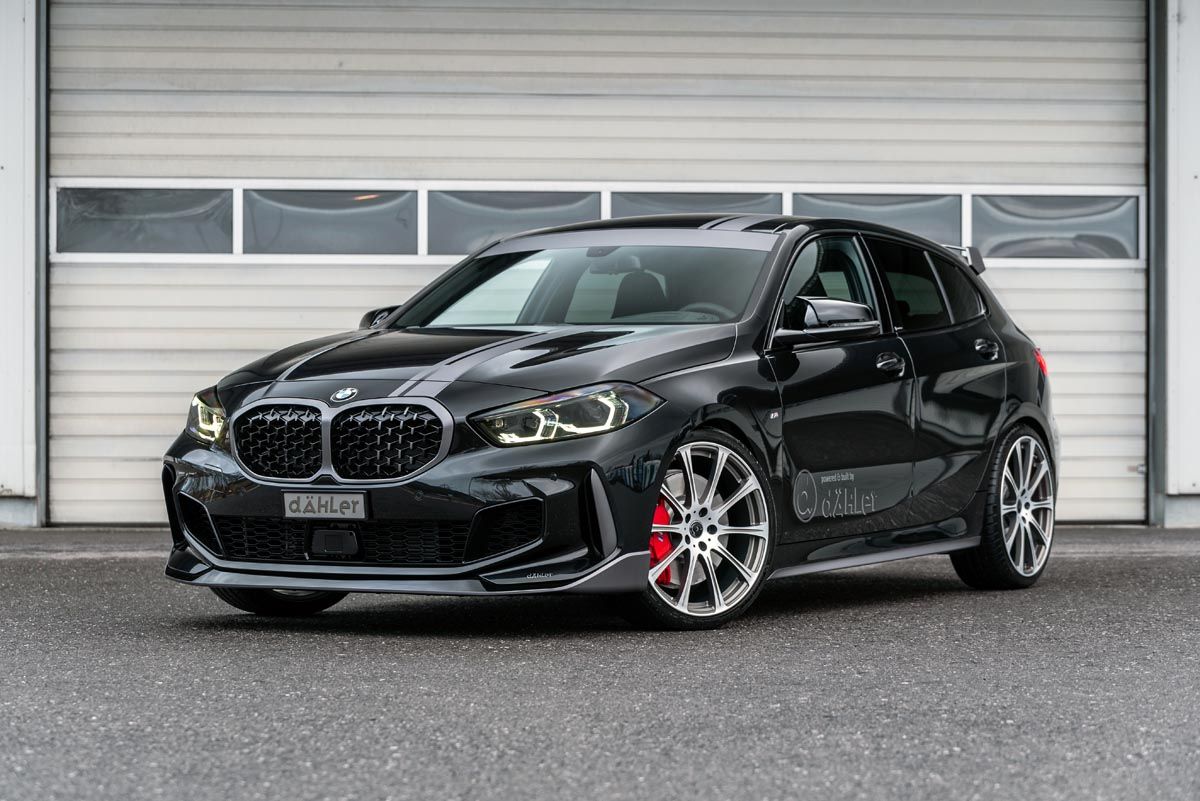The notion of a fun front-wheel-drive car may sound absurd to many. “Wrong wheel drive" is, mostly, associated with economy cars, but that doesn’t mean you can’t have some fun with it. Throughout the years, there have been numerous front-wheel-drive performance models, some of which are considered among the best sports cars and driver’s cars ever made, for example, the Honda/Acura Integra Type-R. It is easy to dismiss front-wheel-drive cars as fun, which is why, among the recognized heroes, there are those that have, undeservedly, been sidelined. Here are 10 FWD cars that deserve more credit than they are given.
10 Volvo C30 R - Turbocharged And Quick
Volvo and fun are two words you don’t usually put in the same sentence. However, between 2006 and 2013, the Swedish manufacturer gave us the C30 – a quirky hybrid between a hatchback and a coupe and in its higher trim and powered by potent turbocharged engines. T5 and Polestar models came with a torquey, 2.5-liter, turbocharged, inline-five engine with up to 250 horsepower (186 kilowatts) and 273 pound-feet (370 Nm). Apparently, those numbers are slightly underrated as TheSmokingTire found out. The 0 to 60 mph (97 km/h) is dealt with in around 6.2 seconds. The hot C30 is all about the torquey engine and acceleration, though, as the chassis fails to keep up at the limit.
9 Mitsubishi FTO - The Underappreciated JDM Car
The Mitsubishi FTO is one of the more underappreciated JDM cars from the 1990s. Built between 1994 and 2000, it was largely overshadowed by the Eclipse and GTO/3000 GT. While those could be had with turbocharged engines and all-wheel drive, the FTO was front-wheel-drive-only. The compact Japanese coupe still had exciting versions in the form of the GPX, GPX Limited, GS, and GP Special trims, all of which were motivated by a 2.0-liter, naturally-aspirated V-6. The rev-happy nature of the unit allowed for 197 horsepower (147 kilowatts) at 7,500 RPM and 147 pound-feet (200 Nm) at 6,000 RPM. With a curb weight of 2,668 pounds (1,210 kg), and ideally, a five-speed manual, the 0 to 60 mph (97 km/h) takes 6.6 seconds.
8 Lotus/Kia Elan - The Weird But Quick Roadster
In 1989, the British marque, Lotus, introduced its first front-wheel-drive car – the second-generation Elan. The lightweight, two-seater, roadster was the front-wheel-drive analog to the Mazda MX-5 Miata, which debuted the same year. The Lotus Elan was powered by an Isuzu, 1.6-liter, inline-four. There was a turbocharged version of it that made up to 162 horsepower (121 kilowatts) and 148 pound-feet (201 Nm). This was enough for a 0 to 60 mph (97 km/h) time of 6.5 seconds in earlier variants. After 1995, production was licensed out to Kia. The Kia Elan was the same car, but now powered by a 1.8-liter, T8D, inline-four engine with 151 horsepower (111 kilowatts) and 137 pound-feet (186 Nm). Production ended in 2000. In both iterations of the roadster, power was sent to the front through a five-speed manual transmission.
7 Fiat Coupe - The Poor Man's Slow Ferrari
Some of the most charismatic sports cars are made in Italy. While mostly reserved for the higher echelon of performance machines – Ferrari, Lamborghini, Pagani, etc. – some of that charisma sometimes spills down the chain and onto more attainable models. The Fiat Coupe possesses much of what makes an exciting sports car. The exterior design is done by Chris Bangle while the interior, by Pininfarina. While fun in all guises, the one you really want is the 20-valve turbo. It comes with a 2.0-liter, turbocharged, inline-five that put out 220 horsepower (162 kilowatts) and 229 pound-feet (310 Nm). The 0 to 60 mph (97 km/h) sprint takes 6.0 seconds. Viscous, limited-slip differential ensures good handling despite the “wrong-wheel drive”.
6 Ford Focus RS - Impressively Fast For A Ford
While the last-generation Ford Focus RS is all-wheel drive, we are talking about its predecessor produced between 2009 and 2010. Based on the second-generation Ford Focus ST, it featured a Volvo-derived, 2.5-liter, turbocharged, inline-five – the same one used in the Volvo C30. For the RS, it was beefed up in order to reliably produce up to 345 horsepower (257 kilowatts) and 340 pound-feet (460 Nm) in the RS 500 limited edition. Even the regular Focus RS comes with a clever, limited-slip differential that helps to manage the power going to the front wheels. In the case of the Focus RS 500, it allows for a 0 to 60 mph (97 km/h) in 5.4 seconds – 0.5 seconds quicker than the standard RS.
5 Volvo 850R - The Unlikely Fast Wagon
Volvo may be big on safety, but it has proven, on numerous occasions, it can also make fast cars. In 1991, the boxy Volvo 850 was introduced in both sedan and wagon body styles. It was the latter that was the basis for the BTCC racing version due to better downforce. This was before massive rear wings were introduced into the racing series. It also earned the car nicknames like "the Turbo brick" or "Flying brick". Regardless of the body style, the range-topping 850R came with a 2.3-liter, turbocharged, inline-five engine that produced up to 250 horsepower (184 kilowatts) and 258 pound-feet (350 Nm). The engine was severely neutered when paired with the four-speed automatic, which is why the five-speed manual is the sought-after version. A Viscous, limited-slip differential helped manage the power going to the front, resulting in a 6.5-second 0 to 60 mph (97 km/h) time.
4 Toyota Celica SS III - The Real Integra Type-R Competitor
The most noteworthy version of the sixth-generation Toyota Celica is, without a doubt, the rally-bred, all-wheel-drive, GT Four. It was a successful rally car and the subject of one of the biggest WRC scandals in the history of racing. While undoubtedly, the most potent of all, there was another, much less-known version of the car, called the SS III. “Super Strut” III was the most powerful of three versions that focused on aero and chassis upgrades for the ST200-series Celica. In this most powerful iteration, the car was motivated by BEAMS version of the 3S-GE, 2.0-liter, inline-four engine. Without forced induction, it produced 200 horsepower (149 kilowatts) and 152 pound-feet (205 Nm). Thanks to a relatively low weight and a close-ratio, five-speed manual, the 0 to 60 mph (97 km/h) took 6.5 seconds. Even today, it is a worthy alternative to the Integra Type-R.
3 Alfa Romeo Brera - The Diamond In The Rough
The mid-2000 to early 2010s is, arguably, the most beautiful era of Alfa Romeo’s more recent model lineup. Much of the credit for that has to go to the Alfa Romeo 159 and its derivatives. Among those was the Brera – an elegant, two-door coupe that was produced between 2005 and 2010. The distinctive design of the Brera was done by Giorgetto Giuriaro at Italdesign. The Brera was unusually Germanic for an Alfa, which also meant it was well-built. The legendary Busso V-6 was replaced by a GM-derived, 3.2-liter V-6 with 260 horsepower (191 kilowatts) and 237 pound-feet (322 Nm). In front-wheel-drive guise, the Brera could sprint to 60 mph (97 km/h) in around 6.7 seconds. The Brera was not the most athletic or quickest, but it has aged well as a comfortable and stylish GT.
2 Peugeot RCZ - Funky Design And Crazy Performance
Occasionally the French carmakers like reminding us that they, too, can build a potent performance car when they want to. This extends especially to their compact, front-wheel-drive performance models, and a more recent example is the Peugeot RCZ, produced between 2009 and 2015. Under the effective, Boris Reinmöller-designed body, lies a Peugeot 308, which however, has been thoroughly tweaked in order to handle more power. Most of the powertrains are mediocre, but the RCZ-R makes up for that with 270 horsepower (199 kilowatts) and 243 pound-feet (330 Nm) from a 1.6-liter, turbo-four. The RCZ-R rightfully comes with a six-speed manual only. Despite weighing a rather hefty, 3.073 pounds (1,394 kg), the 0 to 60 mph (97 km/h) takes 5.6 seconds.
1 BMW 128ti - BMW's Lucky Mistake
BMW is responsible for giving us the only rear-wheel-drive hatchback in recent years - the BMW 1 Series. In 2019, however, the Bavarian carmaker deprived the model of its unique characteristics by introducing the front-wheel-drive F40 generation. While the range-topping M135i comes with all-wheel drive, the rest of the lineup sends power to the front wheels only. The 128ti sits just below the M135i and relies on a 2.0-liter, turbo-four engine. Its 265 horsepower (197 kilowatts) and 295 pound-feet (400 Nm) are managed through a clever differential and an eight-speed automatic. The 0 to 60 mph (97 km/h) takes 5.8 seconds. We are not suggesting the tech-heavy Bavarian is the most fun hot hatch, but it has all the right credentials to keep up with its modern peers.

